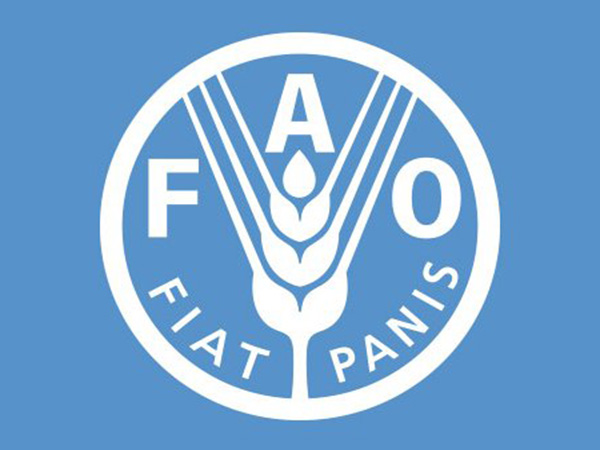The Food and Agriculture Organisation of the United Nations (FAO) has updated its forecast for global cereal production in 2024, setting a new all-time high at 2854 million tonnes. This increase is due to a better harvest outlook for maize in Argentina, Brazil, Turkiye and Ukraine, which will compensate for downgrades in Indonesia, Pakistan, and several Southern African countries. Additionally, the wheat production forecast has been raised based on better prospects in Asia, particularly in Pakistan, which is expected to offset a decline in the Russian Federation due to inclement weather earlier in the season.
Global rice production is projected to reach a record 535.1 million tonnes in 2024, further contributing to the overall increase in global cereal production. World cereal total utilization for the upcoming year is forecasted to rise to 2,856 million tonnes, marking a 0.5 percent increase from the previous year, with rice and coarse grains leading the way. FAO also predicts that world cereal stocks will expand by 1.3 percent in 2025, keeping the global cereal stocks-to-use ratio nearly unchanged at 30.8 percent. This indicates a positive outlook for the production, consumption, and storage of cereals worldwide.
Furthermore, FAO’s forecast for international trade in total cereals remains steady at 481 million tonnes, representing a 3.0 percent decline from the previous year. This stability in trade can be attributed to the overall increase in global cereal production, which will boost domestic supply and potentially reduce the need for extensive international trading. Despite some challenges faced by certain countries, the overall outlook for cereal production and trade in 2024 is positive, with FAO’s projections indicating a strong and stable market for cereals on a global scale.
In conclusion, the updated forecast for global cereal production in 2024 by FAO presents a positive outlook for the industry, with record-high projections for both total production and utilization. The rise in production is driven by improved harvest outlooks in key countries, offsetting any potential decline due to adverse weather conditions. FAO’s prediction of an increase in cereal stocks further solidifies the positive trend, indicating a stable market with sufficient supply to meet global demands. With the international trade expected to remain steady, it is clear that the future of the global cereal market is promising and poised for growth in the upcoming year.









